Four types of evidence
When you look back at history nothing is a simple as it might seem. Always remember to ask why and look for clues in written, visual, oral and physical evidence.
When we are studying history, we are trying to build an accurate picture of the past. We can never be 100 per cent sure that the way we represent things is totally accurate, but by following a few key principles, we can get as close as we can to the truth.
In order to understand history properly, we need to gather and study the evidence that exists. There are four main types of evidence that help us arrive at a true understanding of the people, places and events of the past.
Written
Firstly, there is usually an enormous volume of written material that tells the story of things that happened over past centuries. This includes historical accounts in:
- books
- newspaper articles
- official reports
- legal documents
- literature
- letters
- diaries
- wills
All these written records tell the story in slightly different ways. However, it is important to remember that just because something has been published, or in other cases handwritten, and not intended for the public - it doesn’t mean they can always be relied upon completely.
Whoever has decided to publish the document will have had their own reasons for doing so and will tell the story in the way that suits their purposes. For example, newspapers often have a political bias and government statements can often be presented in ways that justify or explain specific political actions. In medieval times only the rich and powerful could read and write, so the views of ordinary people went unrepresented.
Handwritten documents that people leave behind after they die, such as letters, diaries, personal recollections and wills are often reliable as the authors are less guarded about their opinions. However, we still have to ask key questions.
- Who wrote it?
- Who read it?
- When?
- Why?
Asking these questions reveals more about the people and events than just the bare words in the documents themselves.

Visual
The second type of evidence to consider is visual. This includes photographs, artworks and films that give us extra insight into the times we are studying. Photographs in particular can be deceptive as they are usually taken with a certain purpose in mind and can easily give a misleading or biased view of the subject matter.
These days we all know how photos can be manipulated to try to prove things happened that didn’t, but even in pre-digital days people were still able to deceive the public such as the two little girls in the 1910s and 1920s who faked pictures of fairies and fooled even Arthur Conan Doyle!
Even if there is no intention to deceive, we still have to ask who took the photograph and why, to get a clear picture of what it really tells us. Visual evidence needs careful interpretation.
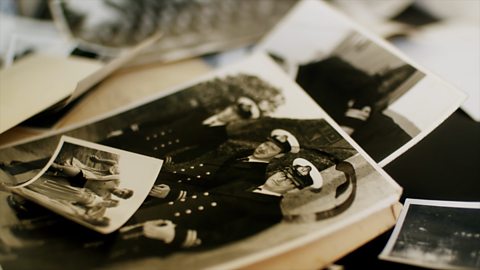
Oral
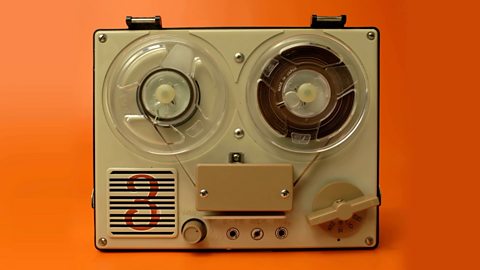
Another variety of evidence to consider is made up of the stories and memories that are passed down by word of mouth or by audio recordings. We call this oral evidence. Social historians find this particularly interesting as it often deals with things that aren’t present in other forms of evidence such as day to day life, folk tales, eyewitness accounts and people’s memories of their lives and families.
It is tempting to take everything we hear at face value, because we can actually listen to people talking, but we still have to question how accurate their version of events really is. Most people remember things in very different ways to others and two person’s accounts of exactly the same event can be very different.

Testing oral evidence
Get your friends to tell you about a shared experience you all had in the past and see what differences you can find. We tend to remember and recount things in ways that make us look as good as we can. Even when the subject isn’t us, our memories can often play tricks on us and lead us to be sure about something that actually didn’t happen that way.
So, tread carefully when it comes to oral evidence and try to verify it by matching it with other types of evidence to build a complete picture.
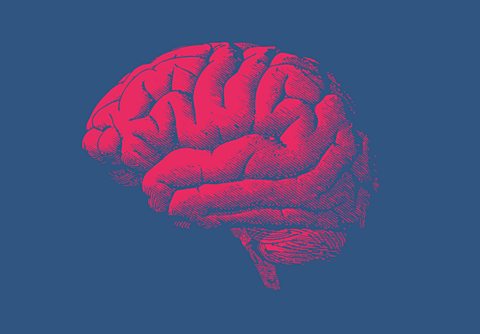
Artefacts
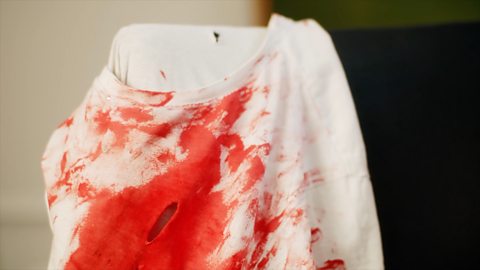
Our final type is made up of artefacts or physical evidence. This means all the things that remain in the world from past times - buildings, furniture, clothing, machines, tools and the millions of household items that contribute to the story of millions of lives. This evidence can be really useful in supporting the conclusions we reach after examining other types of evidence.
One of the reasons that our museums collect so many items is to record how people used to live in our own society and in cultures around the world. Of course, there are many, many historical artefacts in modern homes reaching back centuries, such as paintings, furniture, glasses, lamps, rugs, etc., and everything tells us something about how people thought and acted in the past. There are also many items still buried underground that when found, can help unlock new secrets from history.
Artefacts can also help us to make sense of those eras when there was little in the way of literacy. A coin, for example, can tell us who ruled at a given time and how far their territory stretched.

Why? Why? Why?

So, being a historian isn’t just reading other people’s accounts of what happened in the past. A historian’s job is really about detective work, piecing together and analysing evidence in order to understand the past more clearly.
That’s why these four types of evidence are crucially important - written, visual, oral and artefacts - but remember never take anything at face value, always ask why.
More on Evidence
Find out more by working through a topic
- count2 of 3
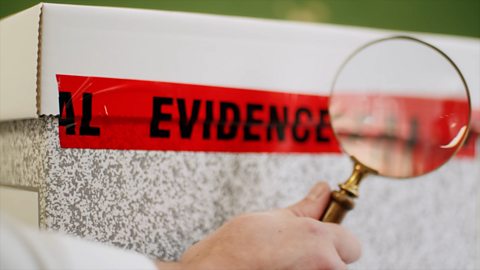
- count3 of 3
